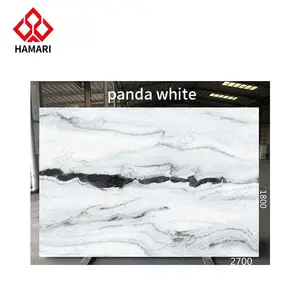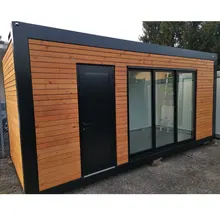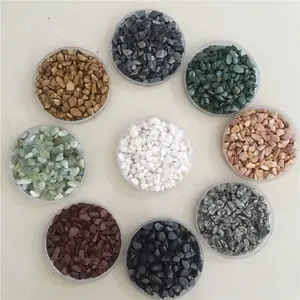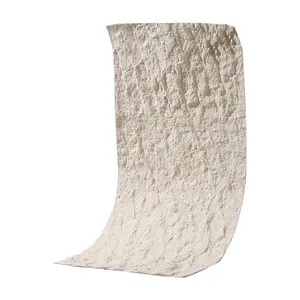A fake rock is essentially what it sounds like—a rock that's not really a rock. It's typically a man-made or synthetic imitation of a natural rock, often used for decorative or functional purposes. They are often made of resin, fiberglass, or concrete and are painted to look like real rocks. Fake rocks can be used in a variety of settings, including gardens, aquariums, and terrariums.
The types of lightweight fake rocks
The first type of fake rock is the plastic rock cover. Some fake rocks are made from plastic materials, offering a cost-effective and lightweight alternative for landscaping. Another type is the fiberglass rocks. These are lightweight and durable, often used for decorative purposes in gardens or landscaping. The third type oflarge fake boulders is polyurethane rocks. These are versatile and can be molded to resemble different rock textures. They're commonly used in aquariums, movie sets, or theme parks. Foam rock is another versatile fake rock type. II is made from foam materials which are lightweight and easy to move around. They are popular in theatrical productions and landscaping. Last is the resin rocks. Resin is a popular material for creating realistic-looking rocks. It can be molded and painted to resemble various types of rocks.
The usage of large fake rock covers
One of the most common uses of large fake rocks is in landscaping to cover unsightly elements like utility boxes, pipes, or irrigation equipment. They can also be used to create artificial rock formations in gardens or outdoor spaces. Another usage is in making aquariums. Fake rocks made from materials like polyurethane or resin are popular in aquariums, providing a natural look without the concerns of real rocks affecting water quality. Another popular usage of the large faux rock covers is for decorative purposes. Whether indoors or outdoors, fake rocks can be used as decorative elements in various settings. They might be placed around ponds, pools, or even inside homes for a rustic or natural ambiance. Lastly, Fake rocks are commonly used in theme park attractions to create immersive and visually appealing landscapes. They help in maintaining a consistent theme throughout the park.
The benefits of large faux rocks
The main benefit of big fake rocks is for aesthetic appeal. With their natural and aesthetically pleasing look, they improve the beauty of outdoor areas without the weight and unevenness of real rocks. Another benefit of fake rocks is versatility. Dekorra faux rocks come in various shapes, sizes, and materials, allowing for versatile use in landscaping, aquariums, movie sets, and other creative applications. In addition, many fake rocks are lightweight, making them easy to handle and move. Also, they can be easily molded and shaped to suit specific design requirements. Furthermore, materials like fiberglass, polyurethane, and resin are durable and resistant to weathering, ensuring that fake rocks maintain their appearance over time. Finally, using fake rocks can be more cost-effective than sourcing and transporting real rocks, especially for large-scale landscaping projects.











































 浙公网安备 33010002000092号
浙公网安备 33010002000092号 浙B2-20120091-4
浙B2-20120091-4